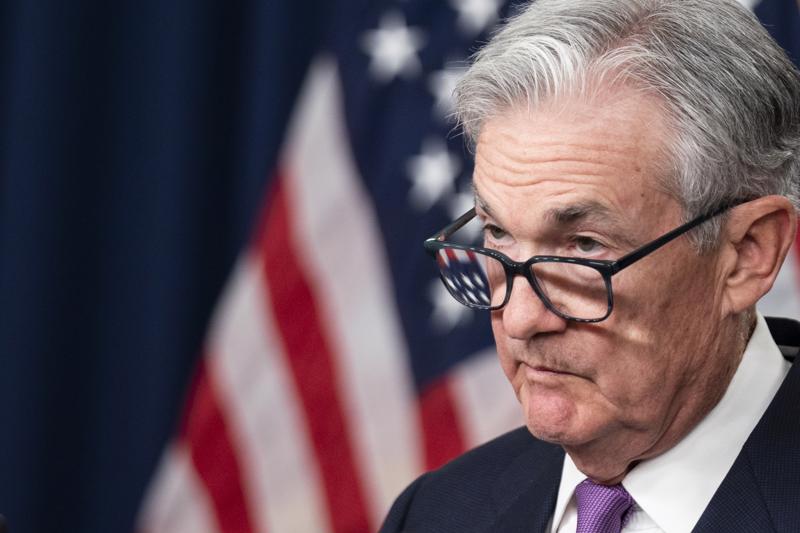Central bank meetings and impacts on currency market
A plethora of central bank meetings this week threatens to temporarily reverse the significant fall in currency market volatility that has been in place for some time.

FED will host a meeting from 19-20 March, 2024
Policy rates across most of the G10 countries have risen in a pretty simultaneous way in recent years and indications are that they will fall simultaneously as well. Of course, there have some differences with some central banks faster to lift rates than others. But differences have been modest and, if market expectations for future policy prove correct, the easing cycle will be much closer still as many central banks, not least the Fed and ECB are expected to start rate cuts at the same time, in June.
To these we think we can add the likes of the BoE and SNB as well. But even if there is some discrepancy in the timing of the first rate cuts and the subsequent speed of reduction, it does not look as if it will be sufficient to bring about substantial currency volatility. However, as we said at the top, this only covers ‘most’ G10 currencies. There has been one notable outlier, the yen, because the BoJ has not hiked policy rates in line with other G10 central banks. The continuation of low policy rates in Japan has enhanced carry-trade returns. The question going forward is whether the start of rate hikes in Japan, which we anticipate from tomorrow, will sap potential carry trade returns sufficiently to push the yen up significantly against the dollar and other currencies.
On one level it would seem not as the BoJ is only seen taking the policy balance rate up from -0.1% right now to 0.1% by the end of the year and 0.25% by the middle of 2025. Even if the Fed cuts rates by the 75-bps priced into the market by the end of 2024 the gap between the two will remain wide, just as it will further down the curve in long-term bond yields.
However, on another level, there is the more psychological factor that a BoJ rate hike tomorrow will take the policy balance rate out of negative territory for the first time since 2016 and will be the first time the Bank has lifted the short-term rate since 2007. Judging by the way dollar/yen rose last Friday, when higher-thananticipated wage awards were announced by umbrella group Rengo, it looks as if a rate hike by the BoJ could induce a temporary “sell the fact” slide in the yen, or rally in dollar/yen.
It is not uncommon to see this sort of reaction; but it not the one that we anticipate over the long haul as we expect dollar/yen to slide back into the 120-130 range in coming years. That may seem some distance away but it is not when you consider that dollar/yen spent all of the period between 2008 and 2021 below 130; a period when the fed funds target was mostly sat at 0.5%, only just ahead of the shortterm policy rate in Japan.
For other G10 currencies, the outlook for pretty contemporaneous policy rate cuts should continue to rob the FX market of volatility. Of course, there will be some variability as the market tries to read the runes from central bank policymakers’ comments. This week, for instance, the dollar is likely to shift higher if there is any hint at all from the Fed on Wednesday that it is backtracking on its hopes for rate cuts later this year. But even here we doubt that such sentiment can push euro/dollar much lower than the 1.05 ‘base’ that has been in play for much of the past 15 months, or so.
For in our view, the only way that monetary policy is likely to lift the dollar materially is if other G10 central banks (besides the BoJ) ease policy while the Fed is unable to cut and may even have to hike rates again. While this is a possibility we think that the odds of it happening are low, for even if inflation data prove sticky the Fed has the nagging problem that the sharp fall in inflation we’ve already seen is lifting real (inflation adjusted) rates and potentially threatening the other side of the Fed’s mandate – full employment.
Another point is that the Fed tends to telegraph its policy in advance which deadens the currency market impact to some extent. The Bank of England, on the other hand is often somewhat more unpredictable; something that can induce more volatility in the pound. Given that we believe that the BoE will start to cut rates from June, as opposed to the August start priced in by the market, there could be more scope for the pound to slip but, even here we suspect that it will be modest.








